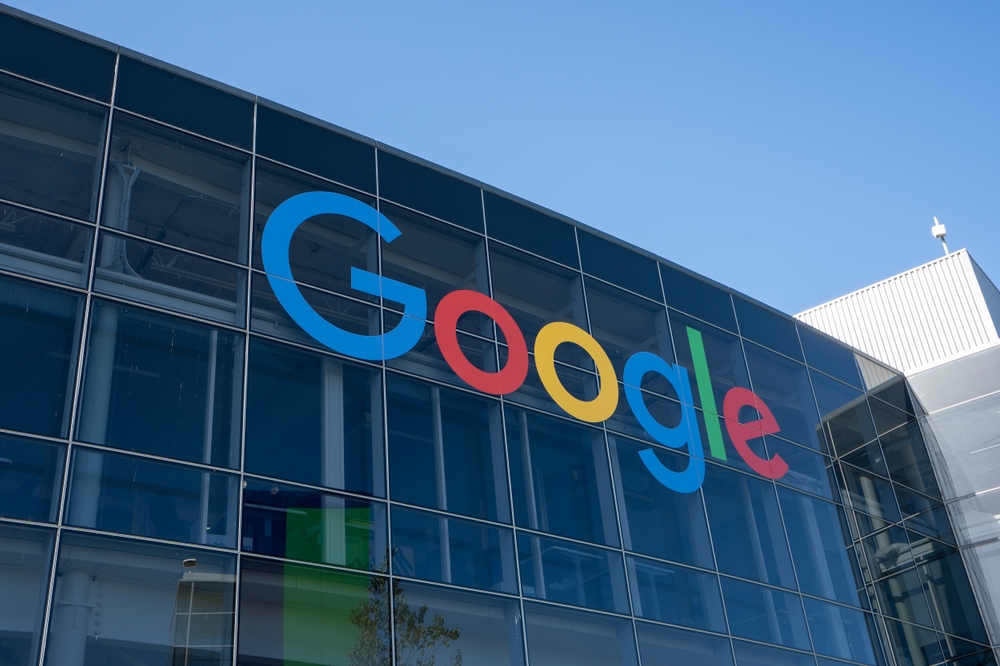
For investors trying to make sense of where stocks are headed, operating cash flow may be one of the clearest indicators.
Some of the biggest names in tech — including Alphabet (GOOG), Amazon (AMZN), and Adobe (ADBE) — have underperformed over the past year. But under the hood, the numbers tell a different story.
“Over time, stocks follow cash flows,” said Mindset for Money, a former auditor and financial analyst who cautioned investors not to rely too heavily on stock prices alone.
Alphabet’s stock is down 8% over the past 12 months, but its operating cash flow is up 26%. After yesterday's major bump, Amazon is up 12%, but cash flow growth is still higher at 13%. Adobe is down 18%, even as its cash flow jumped 46%.
These numbers suggest the recent weakness in Big Tech may not last.
“The opportunities are right in front of you,” the analyst said, pointing out that strong cash-generating businesses often rebound after temporary market dips.
A tough year for tech, but a trade deal could flip the script
Tech stocks have had a rough start to 2025. Uncertainty around President Trump’s trade policies — including new tariffs and restrictions on key materials — has weighed heavily on the sector.
Even with a market rebound in May, the Nasdaq Composite Index remains in the red for the year. The CNBC Magnificent 7 Index — which includes Alphabet and Amazon — is still down more than 10% year-to-date.
That could change if the trade deal goes through.
Markets rallied Monday after the U.S. and China announced a 90-day deal to lower tariffs. Under the agreement, the U.S. cut its 145% tariff on Chinese imports to 30%, while China lowered its import tax on American goods to 10%, down from 125%.
The temporary truce may not solve much, but it gives both countries more time to work out a longer-term deal.
“After carefully assessing the U.S. messages, China decided to agree to hold discussions,” a spokesperson for China’s embassy in Washington said.
The White House confirmed that it was the U.S. who pushed for the new round of talks. That move seemed to reassure investors, who mostly ignored Trump’s recent threat to impose 80% tariffs on Chinese imports.
“Investors aren’t paying much attention to Trump’s ‘80% tariff on China seems right’ post,” said Adam Crisafulli of Vital Knowledge. “People assume this is just part of the negotiation process.”
A UBS report now projects that tariffs between the two countries could settle around 34%, much lower than the figures floated during peak trade war tensions.
UBS Chief Investment Officer Ulrike Hoffmann-Burchardi said both sides appear motivated to find common ground, suggesting a permanent trade deal could be coming soon.
Your email address will not be published. Required fields are markedmarked